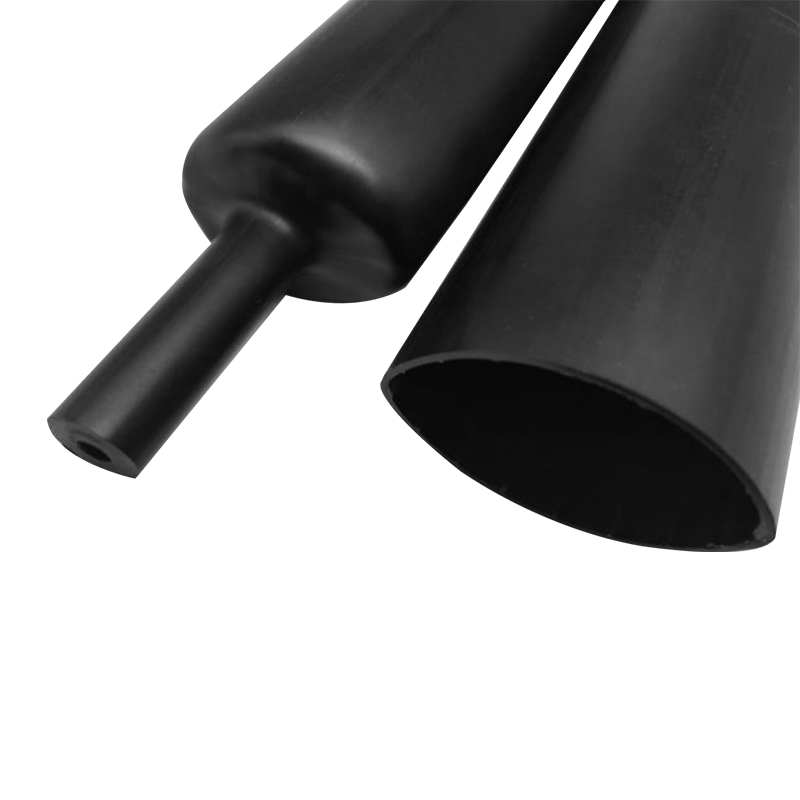Double wall heat shrink tubing offers effective sealing and insulation capabilities, making it a valuable choice for a wide range of applications. Here's a closer look at its sealing and insulation capabilities:
Sealing Capabilities:
Moisture and Water Resistance: One of the primary functions of double wall heat shrink tubing is to create a sealed barrier that is resistant to moisture and water ingress. When properly installed, it prevents the entry of rain, humidity, or other liquids into the area it encapsulates. This is essential for protecting electrical connections, wires, and cables from water damage and ensuring their reliable performance.
Chemical Resistance: Double wall heat shrink tubing is often designed to withstand exposure to a variety of chemicals, solvents, and corrosive substances. It forms a protective barrier that shields sensitive components from potentially harmful chemicals, making it suitable for use in industrial and chemical environments.
Dust and Contaminant Protection: The tight seal created by the tubing also prevents dust, dirt, and contaminants from infiltrating the enclosed space. This is particularly important in applications where cleanliness and contamination control are critical, such as in the aerospace and pharmaceutical industries.
Mechanical Protection: The tubing provides mechanical protection by acting as a barrier against physical damage, abrasion, impact, and vibration. This helps extend the lifespan of wires and cables, especially in rugged environments.

Insulation Capabilities:
Electrical Insulation: Double wall heat shrink tubing offers excellent electrical insulation properties. The tubing's insulating layer effectively isolates wires and cables from each other and from external conductive materials. This insulation helps prevent electrical shorts, arc faults, and other electrical issues, making it crucial in electrical and electronic applications.
Heat Insulation: In addition to electrical insulation, double wall heat shrink tubing also provides some degree of thermal insulation. It can help protect wires and cables from extreme temperatures and thermal fluctuations, maintaining the integrity and performance of the enclosed components.
UV and Weather Resistance: Some variants of double wall heat shrink tubing are designed to be UV-resistant and weatherproof, providing insulation against prolonged exposure to sunlight and outdoor elements. This is important for outdoor applications, such as in the telecommunications and solar energy industries.
 中文简体
中文简体
 English
English




















